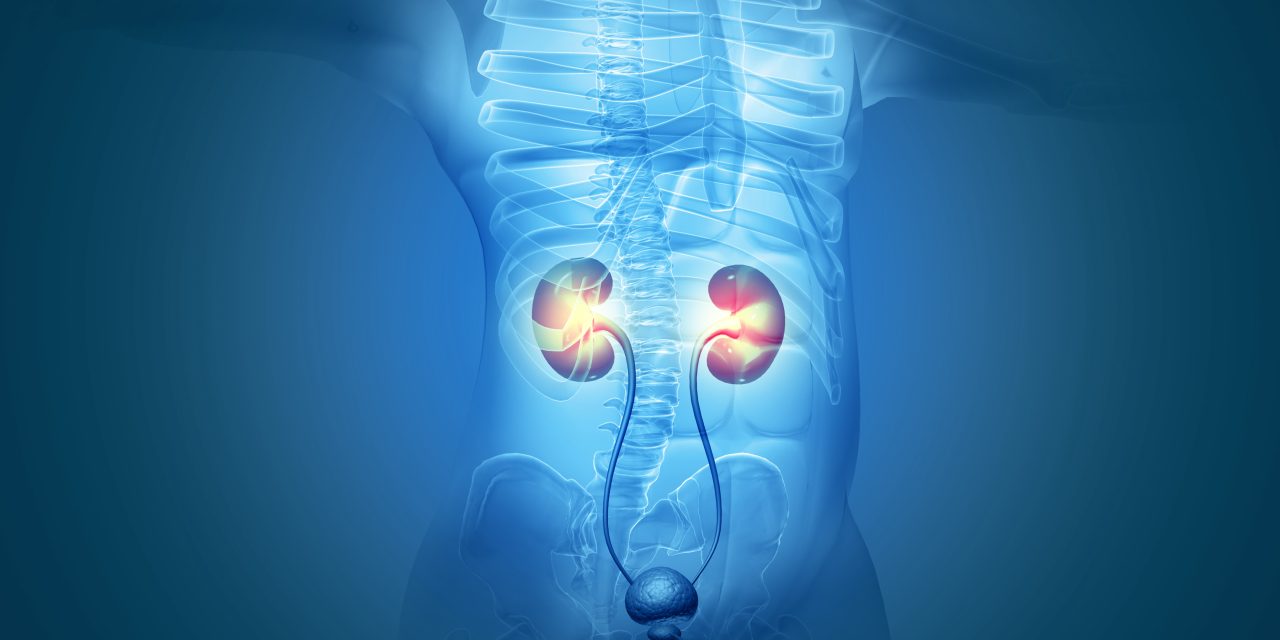Benign Prostatic Hyperplasia / Lower Urinary Tract Dysfunction (BPH/LUTD) is a classic disease of aging which affects nearly all men. Symptoms typically present in the fifth or sixth decade and progressively worsen over the remainder of life. Here, we identify a surprising origin of this disease that traces back to the intrauterine environment of the developing male, challenging existing paradigms about when this disease process begins. We delivered a single bolus dose of a widespread environmental contaminant, present in the serum of most Americans (2,3,7,8 tetrachlorodibenzo-p-dioxin, TCDD, 1 µg/kg), and representative of a broader class of environmental contaminants, to pregnant mice and observed an increase in the abundance of a neurotrophic factor, artemin, in the developing mouse prostate. Artemin is required for noradrenergic axon recruitment across multiple tissues and TCDD rapidly increases prostatic noradrenergic axon density in the male fetus. The hyperinnervation does not resolve, but rather persists into adulthood, when it is coupled to autonomic hyperactivity of prostatic smooth muscle and abnormal urinary function, including increased urinary frequency, a bothersome symptom in men. We offer new evidence that prostate neuroanatomical development is malleable and that intrauterine chemical exposures can permanently reprogram prostate neuromuscular function to cause male LUTD in adulthood.© 2021. Published by The Company of Biologists Ltd.
A neuroanatomical mechanism linking perinatal TCDD exposure to lower urinary tract dysfunction in adulthood.


